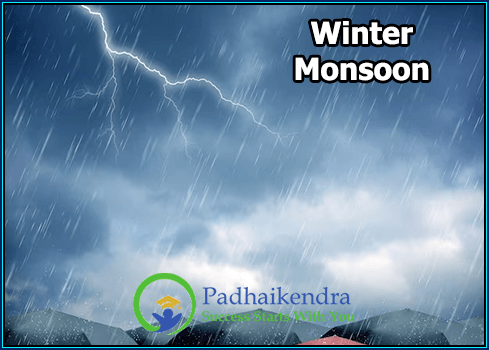The winter monsoon is a weather phenomenon that affects parts of Asia during the winter months, typically from December to February. Unlike the summer monsoon, which brings heavy rainfall, the winter monsoon is characterized by dry and cool air that originates from the high-pressure systems over Siberia and Mongolia.
During the winter months, the landmasses of Asia cool down more quickly than the surrounding ocean waters, which creates a high-pressure system over the land. This high-pressure system draws in cool and dry air from the north, which moves southward towards the equator. As the air moves over the warmer waters of the ocean, it picks up moisture and releases it as rainfall along the coastal regions.
The winter monsoon affects many parts of Asia, including the Indian subcontinent, Southeast Asia, and East Asia. In India, the winter monsoon is known as the northeast monsoon, which brings dry and cool weather to the southern regions of the country. In Southeast Asia, the winter monsoon is known as the trade winds, which bring dry and cool weather to countries such as Thailand, Cambodia, and Vietnam. In East Asia, the winter monsoon is known as the Siberian high, which brings cold and dry weather to countries such as China, Korea, and Japan.
The winter monsoon can have significant impacts on agriculture, water resources, and human health. In some regions, the dry and cool air can lead to droughts and water shortages, while in others it can exacerbate air pollution and respiratory illnesses. Understanding the dynamics of the winter monsoon is crucial for managing water resources, preparing for extreme weather events, and mitigating the impacts of climate change.
In conclusion, the winter monsoon is an important weather phenomenon that affects many parts of Asia during the winter months. It is characterized by dry and cool air that originates from the high-pressure systems over Siberia and Mongolia. The winter monsoon can have significant impacts on agriculture, water resources, and human health, and understanding its dynamics is crucial for managing the impacts of climate change.





